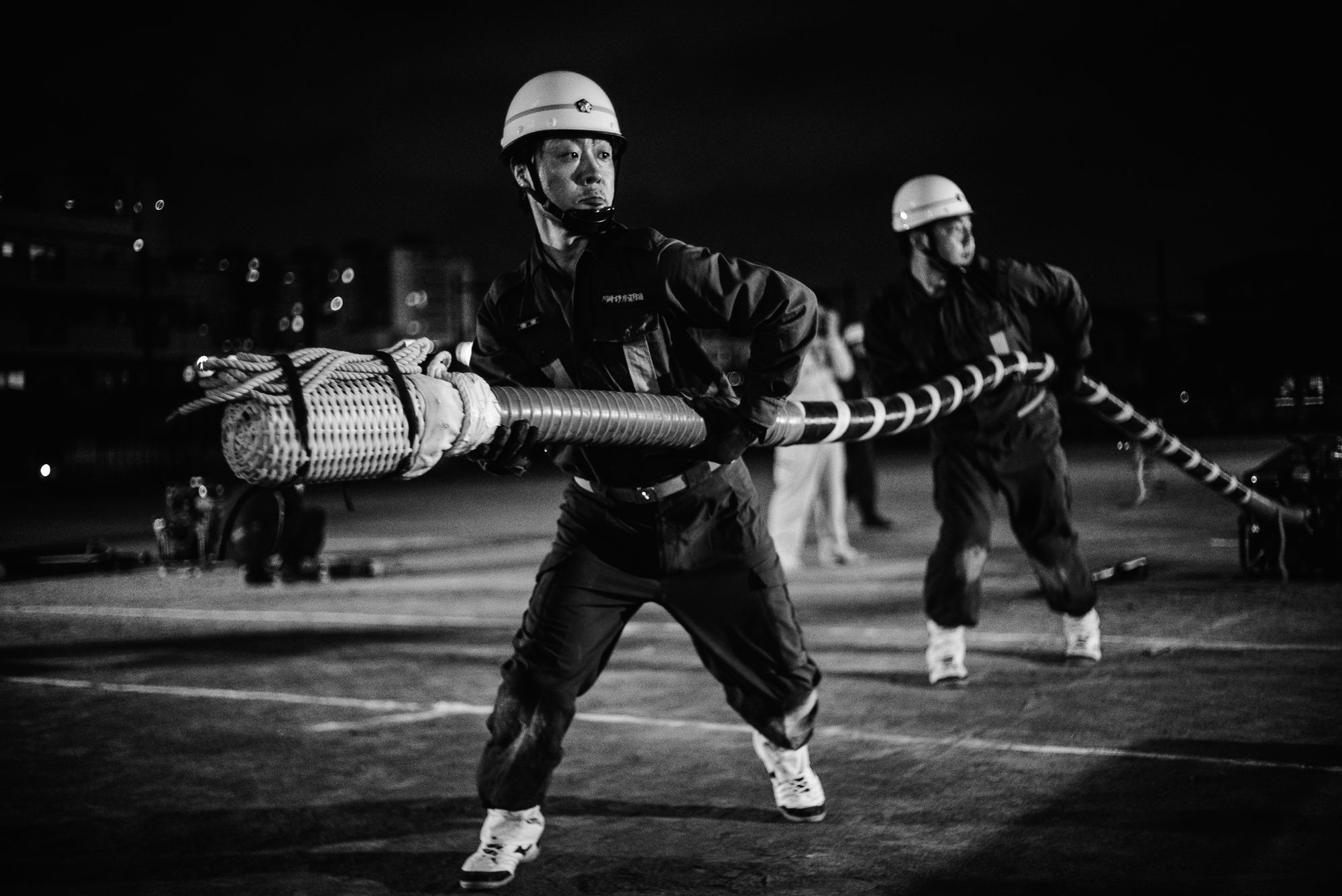Johan Brooks: Fire Corps

The concept (and practice) of voluntary work brings out the best of people. Volunteers not only don’t get paid, they also give their time, passion and effort to a cause that they believe is worth fighting for.
Johan Brooks presents us with the story of the Fire Corps — groups of locals who work and live in Kanagawa, Japan, and offer their services in training, working, and assisting in the prevention and resolution of house fires. They are separate from the official fire service and one of their main benefits is that they would take on people who would otherwise be ineligible to join the fire service, like Brooks himself who found out that being 32 rendered him over the age limit to become an official firefighter.
Unfortunately, as the story goes, he couldn’t join the volunteering group either because living in the local area for an extended amount of time was a requirement set in stone, but the fire corps agreed that he spends some time with them to document their activities.

The fact that the photographer wanted to integrate himself within the community prior to photographing is incredibly refreshing and something worthy of respect. One cannot tell a story just by briefly spending a day or so with a group — it might make a visually exciting project, but the information and details would be scant and only an inch deep. In the words of the photographer,
“They exude discipline and tight efficiency. They train hard so that when they're needed, they perform as flawlessly as possible. There's no room for error when people's homes and lives are at stake. Hopefully, they will never need to be the heroes they aspire to be.”
Sign up for the newsletter to read this post
We support independent documentary photographers and photojournalists by promoting their work. Read unique documentary stories with our newsletter.
